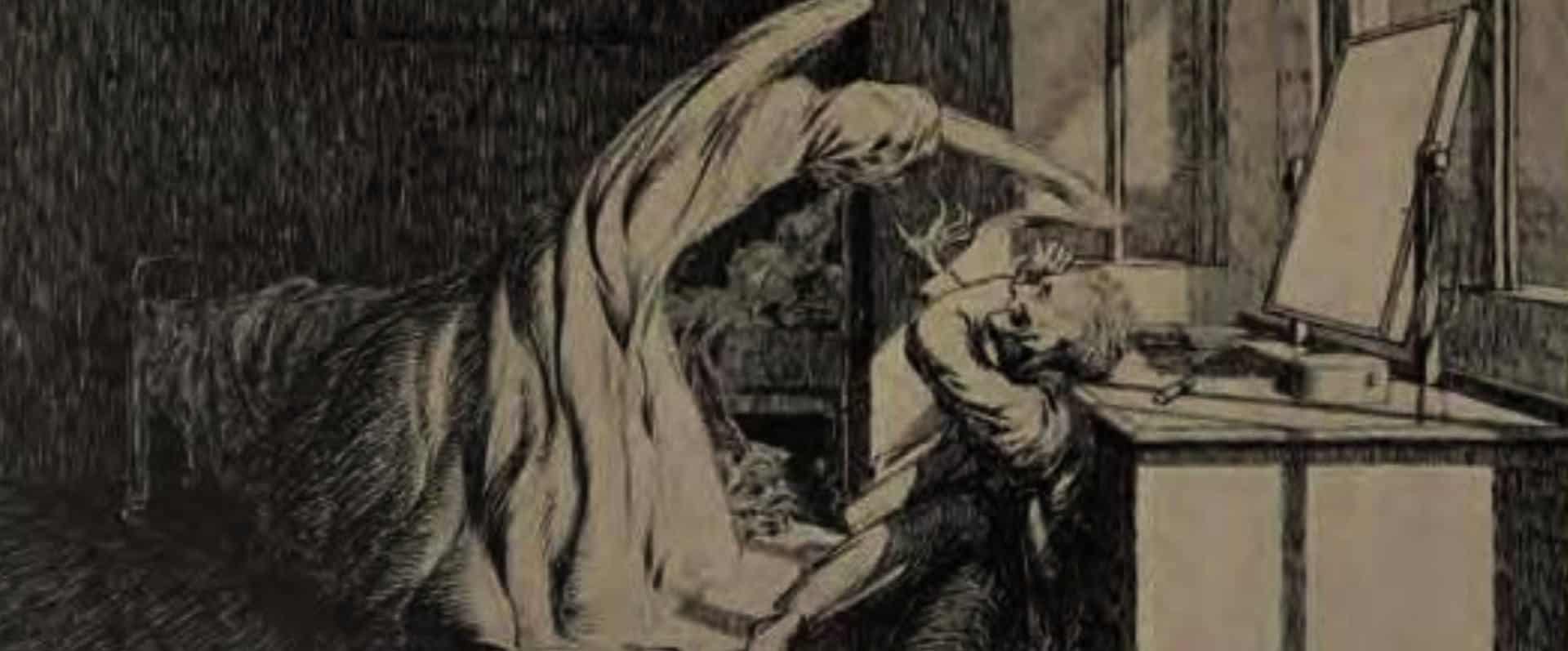Using a matchmaker to find a spouse seems terribly old fashioned. And who’d use a marriage bureau? But were they really so different to using today’s vastly popular online dating apps?
Instead of letting an app automatically sort through thousands of candidates to prioritise a selection of likely suitors, the role of matchmaker usually belonged to a real person – someone of eminence and respectability.
In the Renaissance era in small towns and villages throughout England, that role would have been performed by the local vicar who, by dint of his office, would know who would be suitable with whom according to temperament and character.
Prior to the 19th century, marriages in the aristocracy were negotiated by the parents of the would-be betrothed to further a family’s political and financial ambitions. Sometimes there was a love match out of it, but that wasn’t a given.
However, with the rise of romanticism in the 19th century, marrying for love seemed much more in vogue. Matchmaking was then seen as a primarily female occupation – see Jane Austen’s Emma for an example. The most successful of these ladies were like the vicars of earlier times – they knew the members of their class well.
Marriage bureaux started springing up in the first quarter of the 19th century for men and women of all classes. They would classify clients by social status, physical characteristics, personality, income, and disposition, as well as likes and dislikes, and what they wanted in a partner.
The first computer-based marriage bureau was not founded by young male computer geeks at Harvard as lore would have it, but by a dyslexic East London woman called Joan Ball. Her Eros Dating Agency ran its first set of computer matches in 1964 and was so immediately successful she changed the company name to the St. James Computer Dating Service to stress the technological advantage of her agency. In doing so, she started a trend that would ultimately spawn today’s online dating apps.
Trouble arose, however, because she – like everyone else then – relied on snail mail to deliver and receive the questionnaires they would feed into their computers. A 1971 Post Office strike that ran eight weeks almost sent Ball broke.
‘Traditional’ agency matchmaking seemed doomed by the arrival of the apps to become as obsolete as the CD made the LP record. But, just like vinyl, the agencies are making a comeback as apps have garnered a sketchy reputation. Renee Richel, founder of a Florida matchmaking agency, says singles are finding online dating apps ‘are often impersonal, inaccurate, and at worst dangerous’.
She’s not wrong – daily, headlines report assaults and worse between people who have met using online apps, and these stories may be just the tip of the iceberg. A study by the Australian Institute of Criminology found just one in seven people who were assaulted after meeting someone via an app complained to police.
The issue with online apps appears to be lack of oversight and the ability of participants to paint themselves very differently from how they may actually be.
So for busy, time-poor individuals whose social circles don’t include any eligibles, a modern-day matchmaker may be a more reliable and safer way of potentially finding that significant other. And those old-fashioned matchmakers of yore, who personally knew the couples they were bringing together, seem positively perfect by comparison with Tinder, Bumble, or Badoo.
This article first appeared in the March 2023 edition of Love’s Great Adventure magazine.


